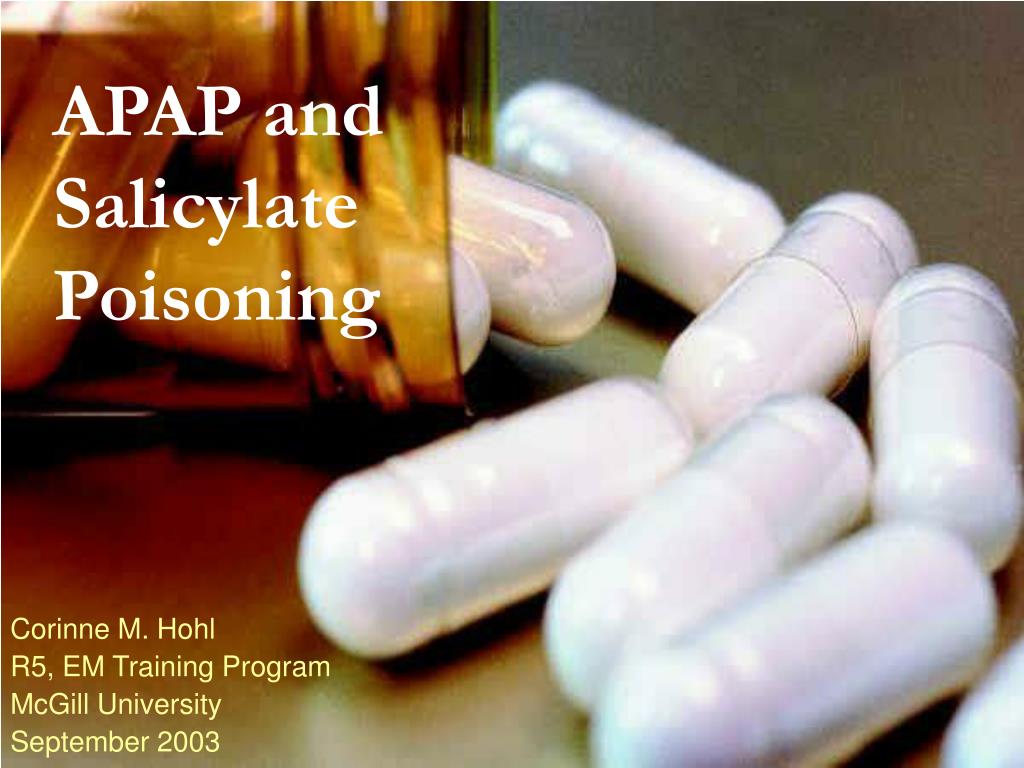
Symptoms of mild toxicity can be but are not limited to tinnitus, dizziness, lethargy, nausea, and vomiting. Patients who have aspirin toxicity can have a myriad of symptoms. Įven though the association between aspirin and Reye syndrome exists, some authors argue that at the time of diagnosis, salicylate levels were not routinely checked, biopsies were not obtained, and genetic/inborn errors of metabolism were not ruled out.Īspirin increases the risk of intracranial bleeding (RR = 1.65 95% CI, 1.06 to 5.99) versus placebo. The incidence has dramatically decreased due to better awareness and the use of acetaminophen to manage fever in children instead of aspirin. Aspirin or similar compounds provide the second hit completing the syndrome. It is thought that mitochondrial injury secondary to the preceding viral illness is the first hit to both the liver and the brain. The clinical vignette of Reye syndrome constitutes a viral upper respiratory tract infection in children and concomitant administration of aspirin for the treatment of fever. It is a form of encephalopathy secondary to fatty changes in an otherwise healthy liver. It is a rare but fatal condition with an estimated mortality rate of between 30% to 45%. Reye syndrome, named after the Australian pathologist Dr. NSAID-exacerbated respiratory disease (NERD) is a new term associated with this syndrome due to upper and lower respiratory mucosal inflammation. If this is accompanied by nasal polyps and inflammation of the respiratory tract with eosinophils, it is called the aspirin triad. In patients with asthma or chronic rhinosinusitis, the prevalence of these allergic symptoms could be as high as 26%. Symptoms could be as mild as a simple rash to angioedema, and anaphylaxis. Hypersensitivity to NSAIDs is common among the general population. The most common side effect of aspirin is gastrointestinal upset ranging from gastritis to gastrointestinal bleeding. This inhibition occurs in the endothelial cells of blood vessels.Īspirin has had multiple metanalyses, which suggest that aspirin reduces the risk of major adverse cardiovascular events in patients who have diabetes without cardiovascular disease while also causing a trend toward higher rates of bleeding and gastrointestinal complications. Prostacyclin inhibition can be achieved with the use of higher doses.

These effects last for about 7 to 10 days which usually corresponds with the lifespan of a platelet. It is also expressed in breast milk.Īlmost 90% of COX inhibition can be achieved with the administration of 160 to 325 mg of aspirin. It can cross the blood-placental barrier. Medications like antacids can increase renal clearance as they raise urinary pH. Salicylic acid is renally cleared, which can be increased by raising the urinary pH. Salicylate elimination occurs through two pathways via the creation of salicyluric acid and salicyl phenolic glucuronide. Aspirin absorption is pH sensitive at the level of the small intestine. Most aspirin is mostly absorbed in the stomach. If maintained within that narrow range, it provides the appropriate anti-inflammatory effect. Salicylic acid has a narrow therapeutic window. When consumed as a liquid preparation, it is rapidly absorbed as opposed to tablets. Some of the indications for aspirin use are as follows: Īspirin absorption from the gastrointestinal (GI) tract depends on the formulation state. It was not until 1899 when a modified version named acetylsalicylic acid was registered and marketed by Bayer under the trade name aspirin.Įven though it has been available since the early 1900s, its real mode of action was not known until the late 1970s. In the 1800s, the Heyden Chemical Company was the first to mass-produce salicylic acid commercially. Henri Leroux used it to treat rheumatism after isolating it in a crystalline form in 1829. In 1828, Professor Johann Buchner used salicin, the Latin word for willow. About 100 years later, the effects of the willow bark powder were studied for acute rheumatism. In a 1763 clinical trial, the first of its kind, Reverend Edward Stone studied the effects of willow bark powder for treating fever. He even utilized tea brewed from it for pain management during childbirth. Hippocrates used it for managing pain and fever.

The Sumerians were noted to have used remedies derived from the willow tree for pain management as far back as 4000 years ago. Salicylates have been derived from the willow tree bark.


 0 kommentar(er)
0 kommentar(er)
